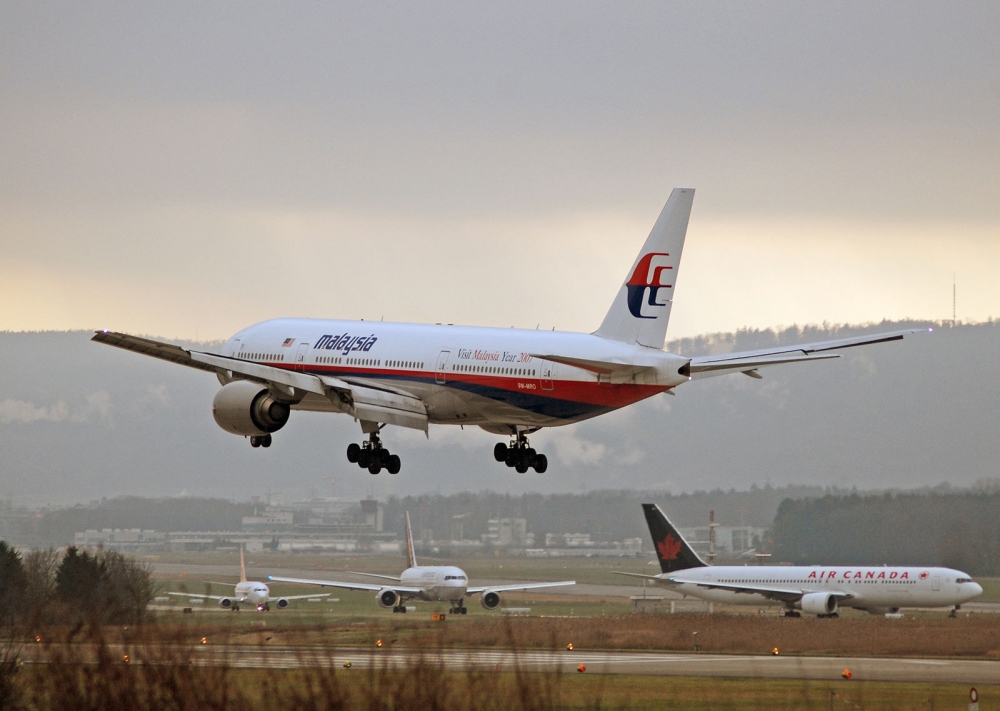
MH370 Update: A new comprehensive study has been published by Richard Godfrey, Dr. Hannes Coetzee (ZS6BZP) and Prof. Simon Maskell that proves conclusively that WSPRnet technology can accurately track the missing Boeing 777.
Godfrey et. al. says that “in previous case studies we have successfully detected and tracked both large aircraft such as Emirates flight EK421, a Boeing 777-300ER and small aircraft such as a Diamond DA40, a Cessna 551 Citation II/SP and a helicopter Alouette II SE313B. In this case study we analyse the flight of Qatar Airways QTR901, a Boeing 777-300ER, which flew from Perth, Australia to Doha, Qatar across the Indian Ocean on Tuesday 1st November 2022.”
Air New Zealand Airline of the Year 2023.
JOIN: AirlineRatings.com YouTube Channel
GET: Accurate MH370 Information From AirlineRatings.com Newsletter
SEE: GT’s Radar on Airfares
Flight QTR901 departed Perth International Airport on runway 21 at 15:06:50 UTC (23:06:50 AWST local time) and the aircraft was tracked by ADS-B until 15:54:00 UTC, at which point the aircraft was out of range of any ADS-B receiver at a position 225 nmi west of Geraldton Airport, Australia out over the Indian Ocean.
For seven out of the next 10 hours, the aircraft was out of range of any ADS-B receivers. After reaching Sri Lanka at 21:32 UTC the aircraft was back within range of ADS-B receivers for approximately 1.5 hours and similarly when reaching the vicinity of the Arabian peninsular the aircraft’s position is again known from ADS-B data for a further 1.5 hours.
The case study examines the use of radio waves from the Weak Signal Propagation Reporter (WSPR) and the historic database called WSPRnet. WSPR data can be used as a multi-static passive radar system to detect and track aircraft.
Godfrey et al. say that “the purpose of detecting and tracking a Boeing 777 across the Indian Ocean is to ensure the applicability of the methodology to the case of the missing aircraft MH370, which was a Boeing 777-200ER, a similar aircraft type. Flight MH370 was diverted to the Indian Ocean, where it crashed after fuel exhaustion on 8th March 2014 at some point after the last satellite signal was received at 00:19:37 UTC.”
The 220-page report confirms that WSPR can be used as a statistical sensor to detect and track aircraft in flight, although the authors note that “it must be kept in mind that it appears that WSPR
might behave as a noisy sensor.”
This comprehensive case study builds on previous case studies and general technical reports,
and the next paper will build on this body of work and refine the previous MH370 flight path
analyses to more accurately and reliably determine the crash location of MH370.
Godfrey et al say that “We have demonstrated that it is possible to detect and track a Boeing 777 across the Indian Ocean. Our methodology is applicable to the case of the missing aircraft MH370, which was a
similar aircraft type namely a Boeing 777-200ER.”
